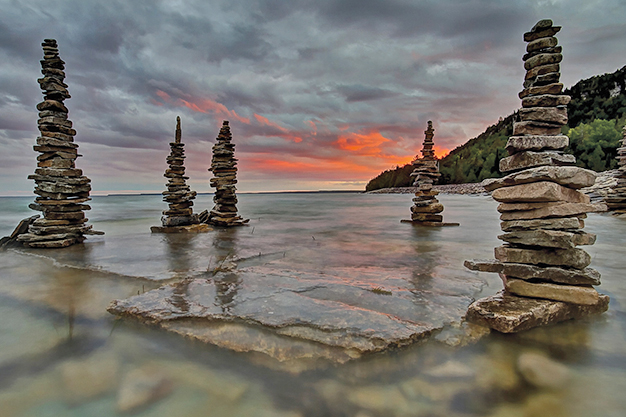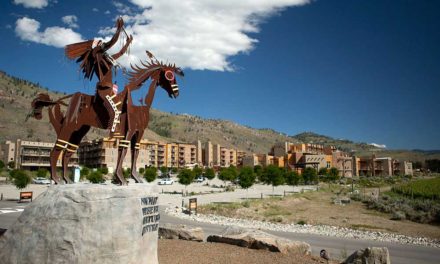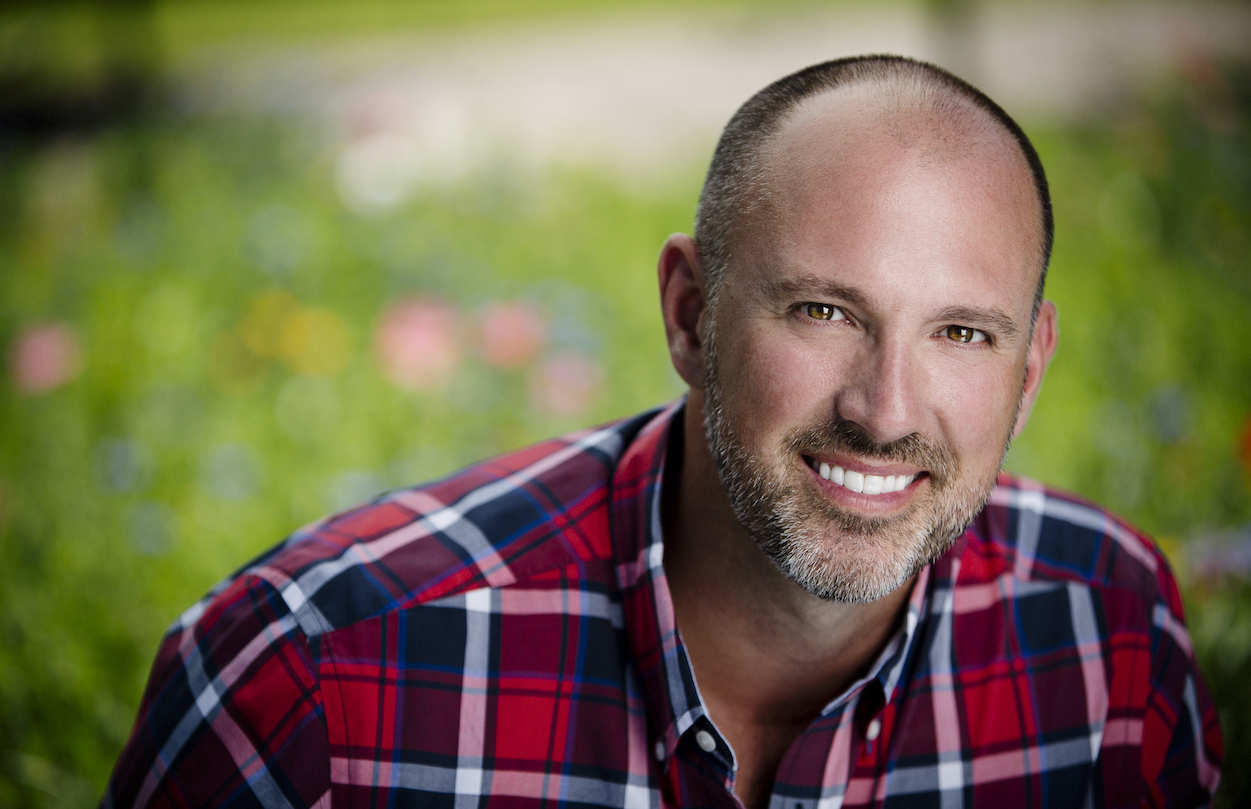By Patrick Dixon – Toronto, ON
If you have been lucky enough to encounter the world of rock balancing prior to picking up this magazine, chances are you experienced a feeling of confusion mixed with amazement. If you have yet to experience this brain-tickling brand of natural art, then you, my friend, are in for a treat. Rock balancing is an art form that is as intriguing to grasp, as it is to witness.
Those who are inclined to create these beautiful organic structures possess a considerable amount of creative ingenuity, poise, and natural form. Their structures leave a distinct impression that is like no other art form: manmade creations that appear to spring up as a part of the natural landscape.
Vancouver’s John Shaver and Montreal born Peter Riedel are two talented artists who create these stunning natural monuments. The only binding agent affixing their sculptures is the force of gravity. In fact, the most frequently asked question that both Riedel and Shaver have to answer is: “Are the rocks glued?” The answer is an emphatic, yet awe-inspiring, “No.”
“Just gravity, balance, and that invisible spine running down the centre,” Riedel explains. “Perplexing people with how I balance stones is very satisfying. Skeptics are left with their jaws hanging open. Structural and aerospace engineers, physicists, construction workers, science teachers and stone masons alike, stop in their tracks and are dumbfounded as to how I am able to do this.”
John Shaver grew up in a “low income household as a child of the hippy generation.” He was encouraged to explore a variety of creative pursuits. Experimenting with different mediums led him to rock balancing, where he could combine naturally occurring materials into temporary installations that visually merge back into the earth from whence they came. He currently practices his art in Vancouver’s West End. “I am a local artist and proud of it.” Shaver has endeared himself to the locals, earning the nickname The Stone Whisperer.
Peter Riedel’s journey, on the other hand, involved a substantial amount of globetrotting. Riedel draws inspiration from the breathtaking natural landscapes of Norway, Morocco, England, and Germany. This Toronto based, part-time photographer and full-time artist describes his first foray into rock balancing as, “something that kept me grounded and calm during a difficult and tumultuous time in my life.”
Shaver and Riedel share more than their love for creating art from the elements. A major source of inspiration for both of these two men came from artists on the scenic coastline of Vancouver’s Stanley Park, where rock balancing feats were a hit with locals and tourists alike.
“I asked one of the artists why he does this work, and his reply has stuck with me all these years. The older I get, the more I think back to it. He said, ‘To remind me that anything is still possible!’ I kept replaying what he had done and what he had said. Then, I figured it out,” Shaver explains.
At the other end of the country, on the shores of Lake Ontario, Riedel has been demonstrating the harmonious yet delicate balance that we, as a species, share with our planet. His earthen monuments are symbolic of the indelible, yet fleeting nature of life. While the firm hand of gravity roots his structures to the ground, unpredictable external forces could bring them toppling down at any moment. “For me rock balancing has truly been therapeutic. It sort of rests my frequencies. I’m peaceful, calm, and totally in the now,” says Riedel.
Both men create with the same medium, coincidentally inspired by the same place, but have separate messages behind their art. Shaver revels in the showmanship and seeming impossibility of balancing the elements. Riedel seeks to achieve inner calm and comment on the fragile oneness of those same elements. One thing can certainly be agreed upon; both of these uniquely gifted artists believe that the true satisfaction of rock balancing can be found in that brief, shining moment when so many mismatched rocks are unified into one perfectly coordinated structure. The moment doesn’t last forever, but that little window of perfection frozen in time is truly a spectacle to behold.









